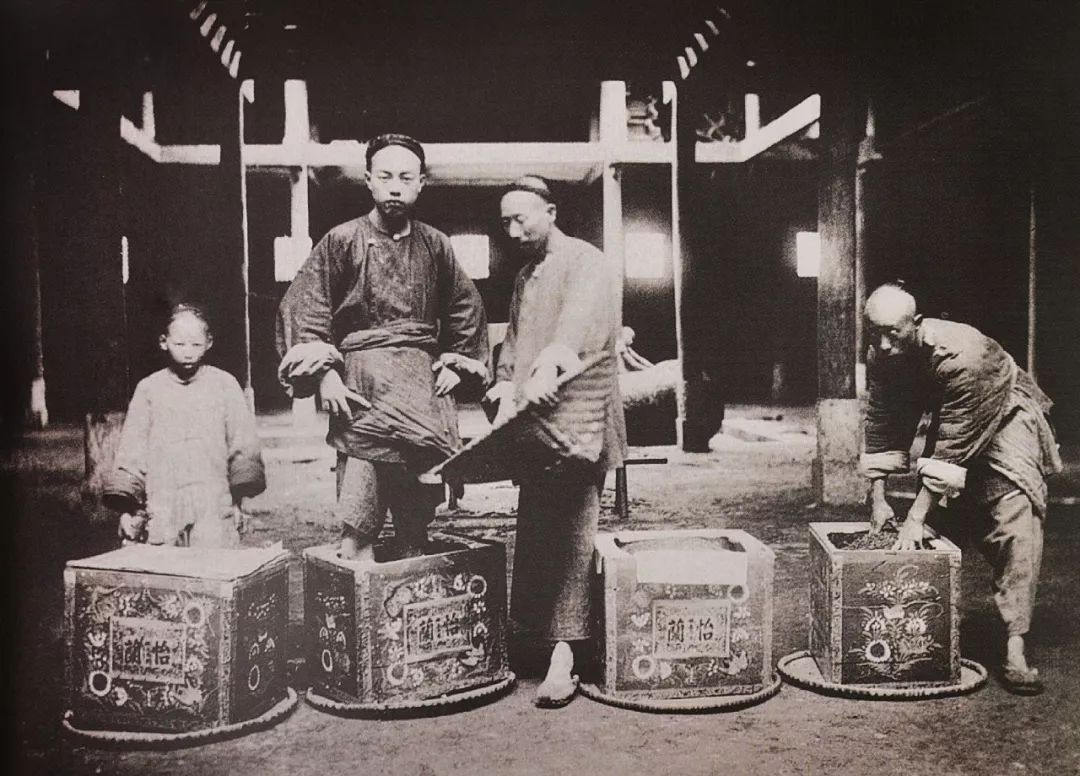Description
To book our online workshops, just contact us in advance to book the time.
The course lasts for 45 minutes. Participants can understand the origin and variety of Chinese black tea, the history of the emergence of black tea, and the professional tasting and sensory evaluating methods, as well as the modern classification of international black tea, the influence of black tea processing technology on the quality.
Fresh tea leaves are green, but how black tea turns black. Black tea 红茶 [hóng chá] is 80-90% or higher fermented tea. Freshly picked tea leaves are put in withering troughs to allow them to wither, and thus lose their moisture. After this, leaves should be rolled and diced or shaped according to needs, and then fermented. During the process, tea polyphenols content drops significantly more than 90%, the chlorophyll in fresh leaves oxidize by the enzymatic reactions of tea polyphenol, degrade and form red polyphenols, such as theaflavins and thearubigins. Theaflavins are yellowish- orange in color and thearubigins are reddish. Both can dissolve into tea liquid. The other color compounds that do not disolve in tea liquid are brownish in color giving the characteristic black color of tea leaves. Aromatic compounds increase from 50 to 300 kinds, that makes tea taste sweet and mellow, and have high fragrances. There are many sorts of black teas in China, e.g. Yi Hong from Hubei province, Xiang Hong from Hunan, Dian Hong from Yunnan, Jin Jun Mei and Lapsang Souchong from Fujian Wuyi, Qi Hong and Huo Hong from Anhui, Su Hong from Jiangsu Yixing, Ning Hong from Jiangxi, Yue Hong from Zhejiang, Chuan Hong from Sichuan, and Ying Hong from Guangdong.
Contact us for an appointment:
Email: info@liu-tea-art.com
Tel.: 0049/51819010891
Address: Immserstr. 22 Alfeld (Leine) 31061 Germany

































